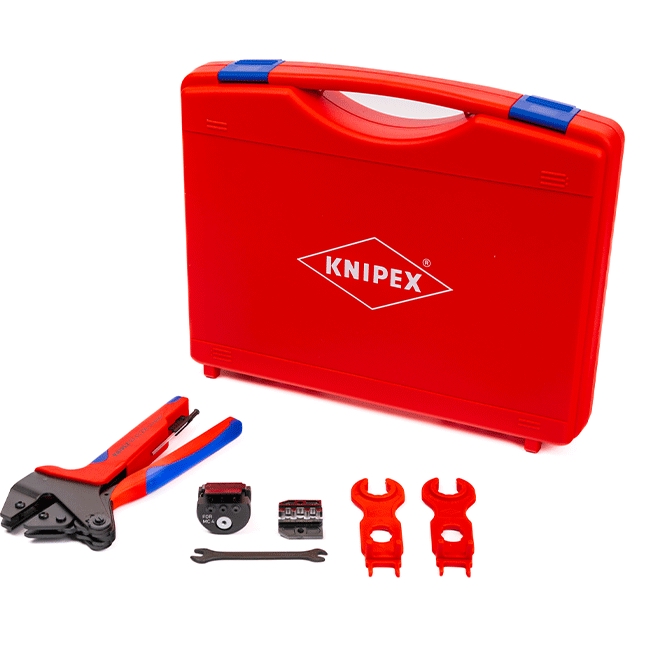Solar photovoltaic (PV) systems have become a vital source of sustainable electricity generation for homes and businesses alike. They can produce the electrical power needed without relying on the grid system. However, in order to do this they need to be safe, reliable and efficient, and the MC4 connector plays an important role in ensuring this, by providing a secure connection between solar panels and the other components of a solar PV system.
What is an MC4 connector?
MC4 stands for ‘multi-contact 4mm’ and this describes the purpose of the component and the size of its contact pins. An MC4 connector is a very small component also sometimes known as a ‘solar connector’. The MC4 connector is used to connect cables, panels and other components in a solar PV system, such as junction boxes and inverters. The MC4 connector was first developed in the early 2000s but has now become an industry standard component.
How does an MC4 connector work?
The MC4 connector is easy to install and use. It comprises of two parts: a male and female connector. The male connector has two metal pins which fit into the female connector, which has two metal sockets designed to receive the pins to make a secure connection. The most common use for an MC4 connector is to join two solar panels together in a solar PV system where multiple panels are joined together in series. So the male pins fit into the female socket to make an electrical connection. These components are surrounded by a rubber sealing ring, this creates a watertight seal when the connector is joined, which then prevents weather ingress. To disconnect the panels you simply release the locking tabs on the connector and pull the two sections apart.
The role and benefits of MC4 connectors
Essentially, the MC4 connector is designed to optimise the solar PV system performance. In other words, it is needed to ensure that the maximum amount of power is transferred from the solar panels to the inverter, to then convert this into usable energy. In order to do this it is essential that the MC4 connector is installed correctly. A common issue in installation is not crimping wires correctly, which can cause electric arcing and hence a safety hazard. Using a correct crimping kit, such as the new TISMC4 kit, ensures that a secure connection is made.
The benefits of using MC4 connectors include:
Standardisation – Now that MC4 connectors are the industry standard, this means they are widely available and installation and use is understood and common between applications.
Easy to install – The MC4 connector is designed to simply snap together and hence is quick and easy to install.
Reliable – The MC4 connector is resistant to UV exposure and other weathering, so it is durable when located outside in a solar PV system, but it can also handle the high voltages and currents typically found in a solar PV system.
Efficient - The ultimate objective of a solar PV system is to minimise power loss and maximise how much radiant energy is transferred to usable energy. The MC4 connector has low contact resistance and high current-carrying capacity, so is ideal for ensuring the optimum levels of power are transferred from the solar panels to the inverter.
Safe – The design of the MC4 connector prevents accidental electrical shock, and also the simple snap locking mechanism ensures a safe and secure connection at all times.
Find out more - Test Instrument Solutions offer a diverse range of solar pv testing equipment.
Please note that this section is for information purposes only. Anyone using equipment referred to in this section must be suitably qualified and/or experienced within the respective field. If in doubt before use, please consult a qualified electrician or engineer & thoroughly read all instruction booklets.